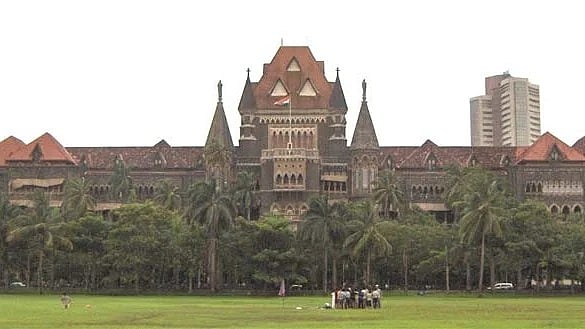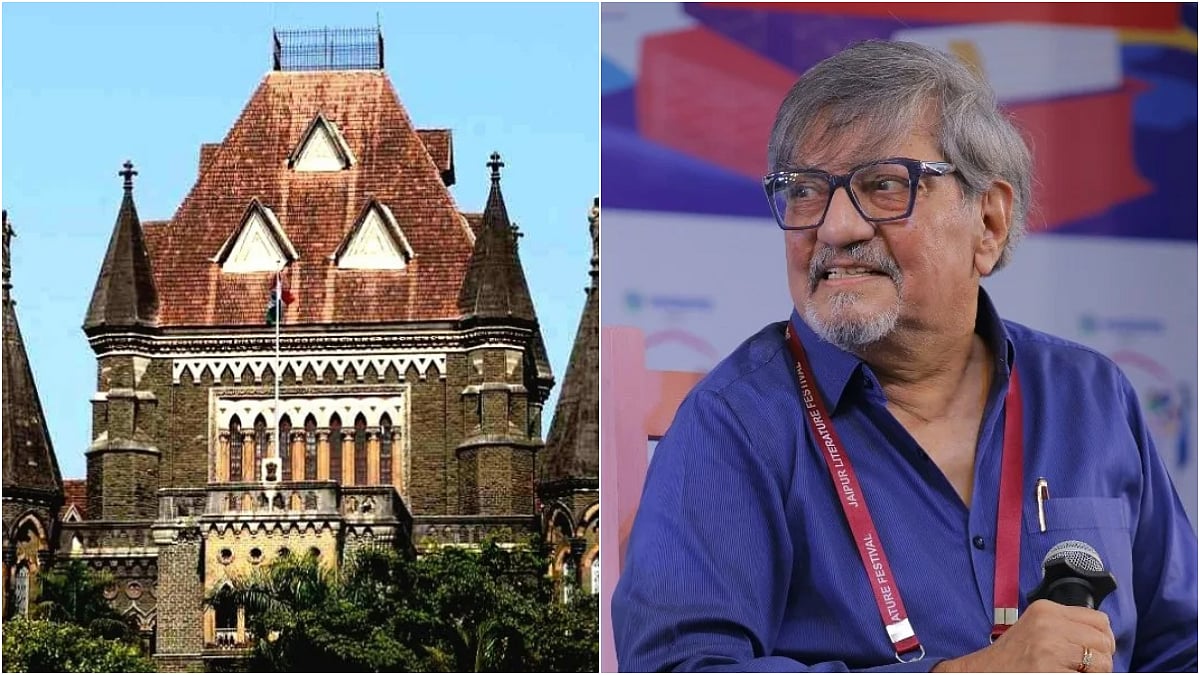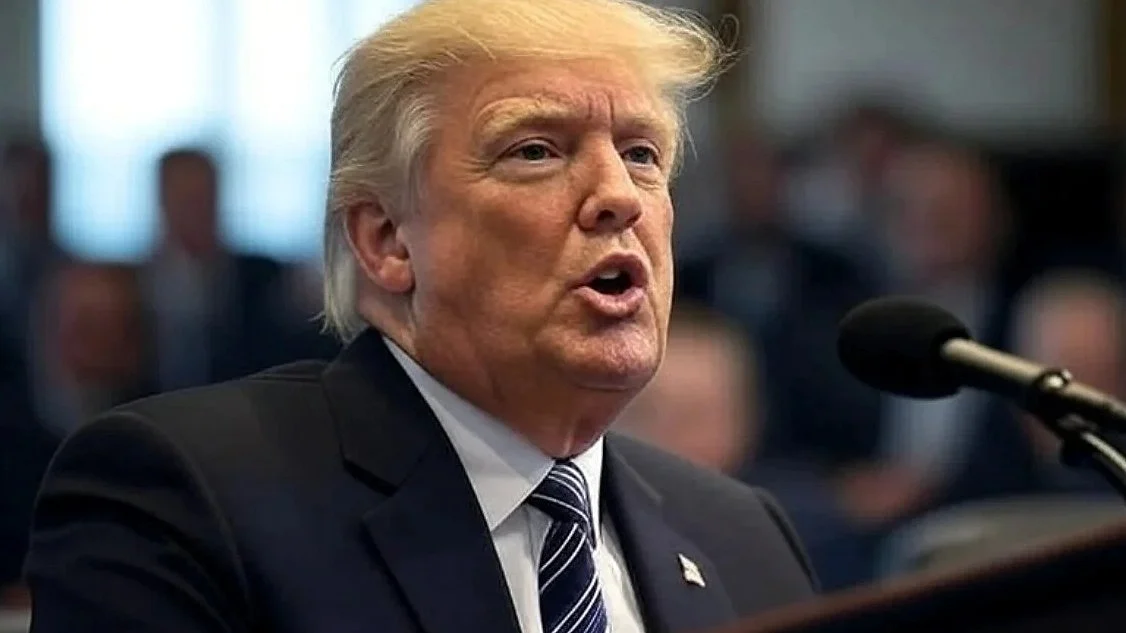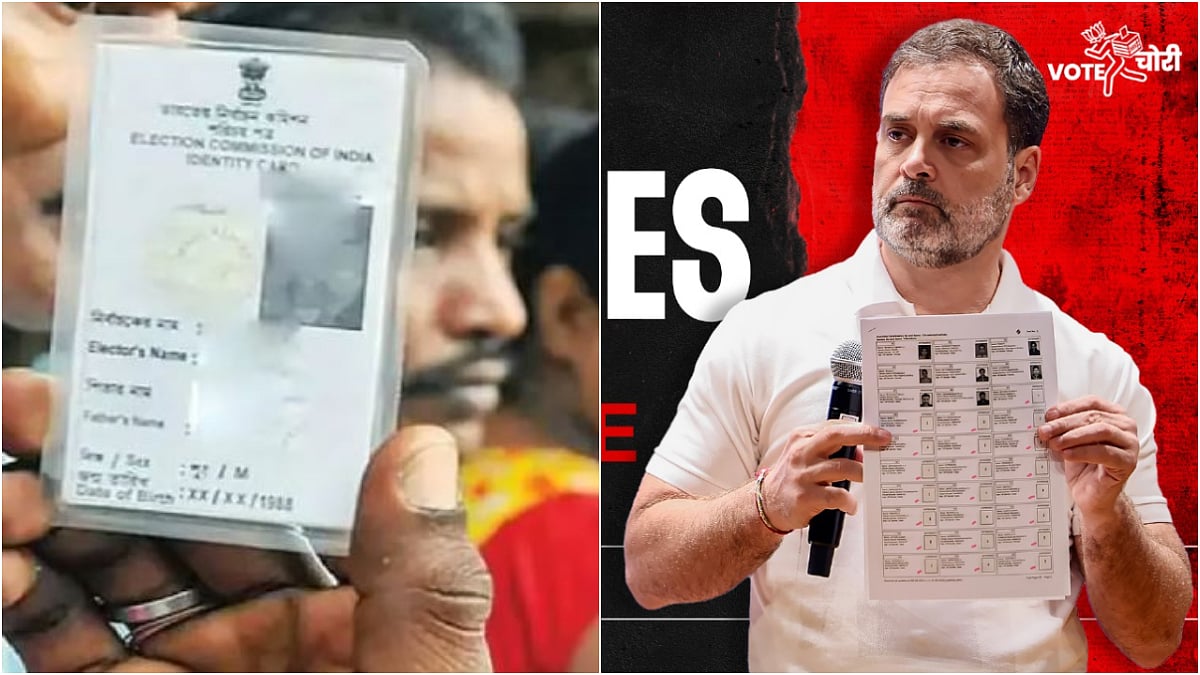The Pew research report citing religious tolerance as a central tenet of Indian society is welcome, given that Western think tanks and the global media tend to caricature India as a ‘flawed democracy’ and a compulsive violator of religious and press freedoms.
Assessing India’s social and political systems from a western perspective introduces an immediate bias. For one thing, it is informed by the conviction that democracy and secularism are ideas alien to India, a ‘gift’ of western political thought. This is far from the truth, as India’s democratic and secular ethos long pre-dates the birth of these concepts in the west.
The democratic ‘spirit’ of a people can be gauged from their collective mindset and behaviour, which is never considered when compiling comparative indices of freedoms. The very ease with which colonial India transitioned to a democracy should testify to a certain pre-existing familiarity and comfort with notions of elected representatives and individual freedoms.
Indian republics
Without reading the past into the present, it is relevant to point out that while western scholars regard Athens (Greece) as the world’s first republic (5th century BCE), the Pali canon testifies to the existence of Indian republics – the Buddha himself was born in one – in the 6th century BCE, at least one of which is believed to have survived well into the Christian era.
The Indian republics are conveniently dismissed as ‘oligarchies’, as not every citizen – and certainly not women – were members of the ruling assembly. But the same is true of the Greek republics, where only male citizens, who were vastly outnumbered by non-citizens, could attend.
There’s little doubt that Indian republics were highly evolved and no strangers to the idea of elected rulers. Their assemblies followed procedures that would do credit to modern Parliaments, with ballots, election officers, assigned seating, quorums, motions and resolutions. The Buddhist sanghas were also organised along democratic lines and 2,500 years later, prompted B R Ambedkar to say his idea of ‘liberty, equality and fraternity’ derived from Gautama Buddha, and not from the French Revolution.
Massive assemblies
The size of the assemblies tended to be massive – 7,707 in the case of the Licchavis of Vaishali – and therefore represented a substantial chunk of the population. Its leader or nayak was elected, and was assisted by a ruling council or ashtakula. What’s more, the Licchavis had an elaborate, seven-layered judicial system, giving every benefit of the doubt to the accused.
Rewinding to a few centuries earlier, we find the concepts of sabha (gathering of the people) and samiti (council or committee), with monarchs following the counsel of the two bodies. We also find references to kings being summarily sacked for bad behaviour, without the necessity of a coup or revolution.
Fast-forwarding, we encounter local self-government in the form of panchayats, the famous “little republics” that permitted inhabitants to enjoy considerable freedom and independence, irrespective of who happened to wield power at the national or regional level. Mahatma Gandhi’s oft-cited observation that “Indian races have been familiar with representative institutions almost from time immemorial” is relevant in this respect.
The point here is that, contrary to western expectations, Indian democracy has survived and thrived, while others have fallen by the wayside. Nor has it been comfortable with hegemonies, at least for the last four decades. The ‘Hindu nationalist’ BJP is far from enjoying pre-dominance, even in its second term. Since its big win in 2019, it has lost five assembly elections, was a non-starter in several and won a few in coalition with other parties.
Tolerance lives
Reams have been written on just how alien the idea of western secularism is in India. But the Pew report indicates that the concept of tolerance, as expressed in Ekam Sat Viprah Bahudha Vadanti (truth is one, but subject to different interpretations), is still very much alive and kicking.
Historically, no group professing an alien faith has been forcibly converted or discriminated against, nor has any attempt been made to impose a faith on off-shore cultures through force of arms. The Parsis and Syrian Christians who came to India were seamlessly accommodated. Social scientist Rajeev Bhargava argues that the idea of ‘secularity’ informed the policies of both Emperors Ashoka and Akbar. Indian secularism is distinct, neither rooted in the past nor subscribing to the western concept.
While critiquing India, the west would do better to reflect on its own experience of integrating people of various faiths - the extensive debates on burkha and headscarf bans, on reconciling cultural practices with civil laws (such as restricting loudspeakers in religious places and prayers in public spaces) and on limits on freedom of expression.
The writer is a senior journalist with 35 years of experience in working with major newspapers and magazines. She is now an independent writer and author.









